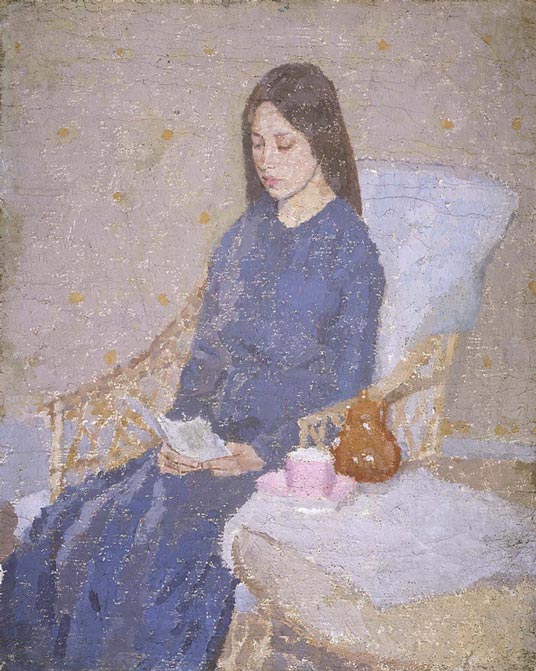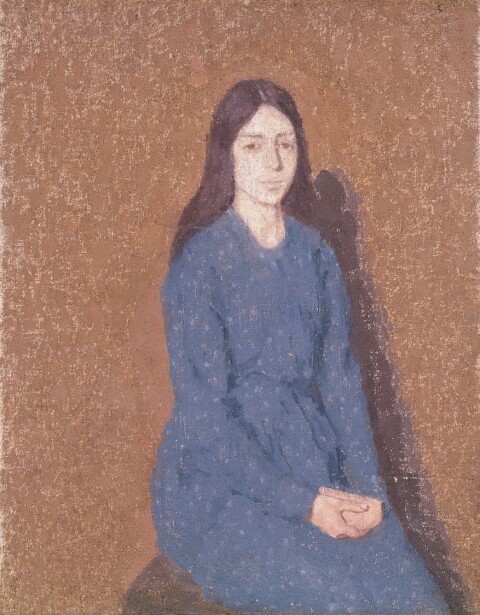Gwen John was a portrait artist from Wales, UK. John also painted animals, specifically cats, but was best known for her paintings of anonymous women and self-portraits. John moved to France and enjoyed a painting career which lasted 40 years, with her portraits gaining more recognition after she died. She is now recognised as one of the most important portrait artists of the 20th century.
Gwen John was a portrait artist from Wales, UK. She was born in 1876 and spent most of her career working as an artist in France. She died in 1939 and is best known for her oil paintings of women and self-portraits. Many of her paintings had anonymous female subjects in domestic (homely) settings. John would often paint different versions of the same composition; the painting The Convalescent, below, is one of ten that she painted!
At first glance, John’s paintings seem relatively simplistic and quiet in tone, however, some of them are more unusual than you might first think…
Gwen John’s portraits of women usually have subtle lifelike tones, with a muted colour palette. The sitter is often placed in a domestic (indoor) setting with familiar objects around them. Have a look at the paintings and notice that the women are often doing things with their hands, such as reading or holding animals – especially cats!
Top 10 Facts about artist Gwen John:
- Gwendolen Mary John was born in Wales on June 22, 1876
- She died on September 18, 1939 in Dieppe, France
- Her mother, an amateur painter, died when John was 8 years old
- John had two brothers and one sister, and one of her brothers, Augustus John, became a very famous painter
- She studied art at The Slade School of Art, the only art school in the UK that allowed female students at the time
- In 1903 Gwen John travelled to France with her friend and aimed to walk to Rome, selling her paintings and portraits to earn money along the way – they made it from Bordeaux to Toulouse
- In 1904 she moved to Paris and started working as an artist’s model
- She modelled for Auguste Rodin, the most famous artist at the time, and began a relationship with him
- She met many famous artists in Paris, including Matisse and Picasso, but she did not allow them to influence her style of painting
- An American art collector, John Quinn, purchased the majority of Gwen John’s paintings from 1910 to 1924, allowing her to leave her job as an artist’s model and focus on her painting
Study Gwen John’s portrait paintings carefully and you will start to notice her subtle use of colour and tone. John captures skin tones and fabric in near life-like shades. The calm, subdued colours of walls and objects around the room, along with the relaxed expressions on the model’s faces, give an overall mood of tranquillity, peacefulness or even mystery…
Gwen John would often paint anonymous models, do you think this helps add to the air of mystery that she has created? Why?

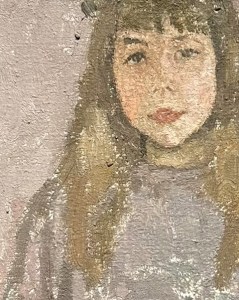
In the painting above, John has used a limited range of colours and applied the paint quite sparingly. In the close up we can see that the shapes are made up of patches of paint and they are not blended together, a little bit like a mosaic. This gives the painting texture and makes it seem less realistic, so John is relying on the colours and shapes of the features to achieve realism and likeness, rather than adding highly detailed, refined lines and marks.
Do you think Gwen John was trying to capture a true likeness of the model, or more interested in creating a certain atmosphere in her painting? Why?
Looking at one of Gwen John’s paintings, the life-like colours and natural position of the sitter gives the impression that we are looking at a truthful rendering of a person. However, one of her models, Jeanne Foster, wrote: “She takes down my hair and does it like her own”.
Can we say that the portrait painting is a true reflection of the model, if the painter has changed their hairstyle to make it more like her own? What do you think the artist was trying to explore by changing the model’s hair style?
Can you think of links between John’s paintings and how she changed the model’s hair to how people change their appearance in portraits today?
Gwen John chose to paint portraits of (mostly) anonymous women in domestic settings. Her choice of composition (the layout) made the model the main focus of the painting; they are usually seated with a three quarter-length crop, filling the majority of the canvas. However, sometimes it seems like the model is fading into the background. Through the flat application of paint, and tonally similar colours, it can sometimes look as though the model and the backgrounds are the same surface.
Think about the phrase ‘Blending into the background‘…
Could this technique suggest that the room and sitter are equally important? If so, what do you think John was mostly interested in capturing in her paintings?
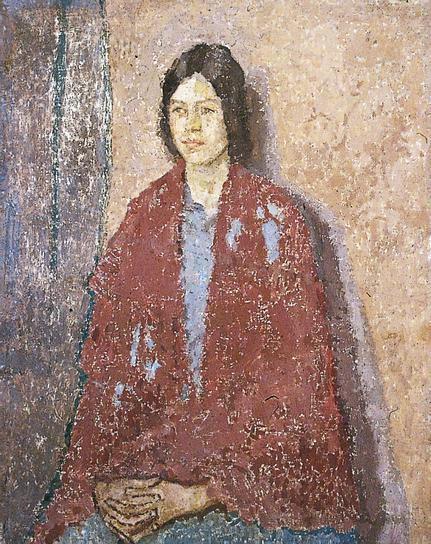

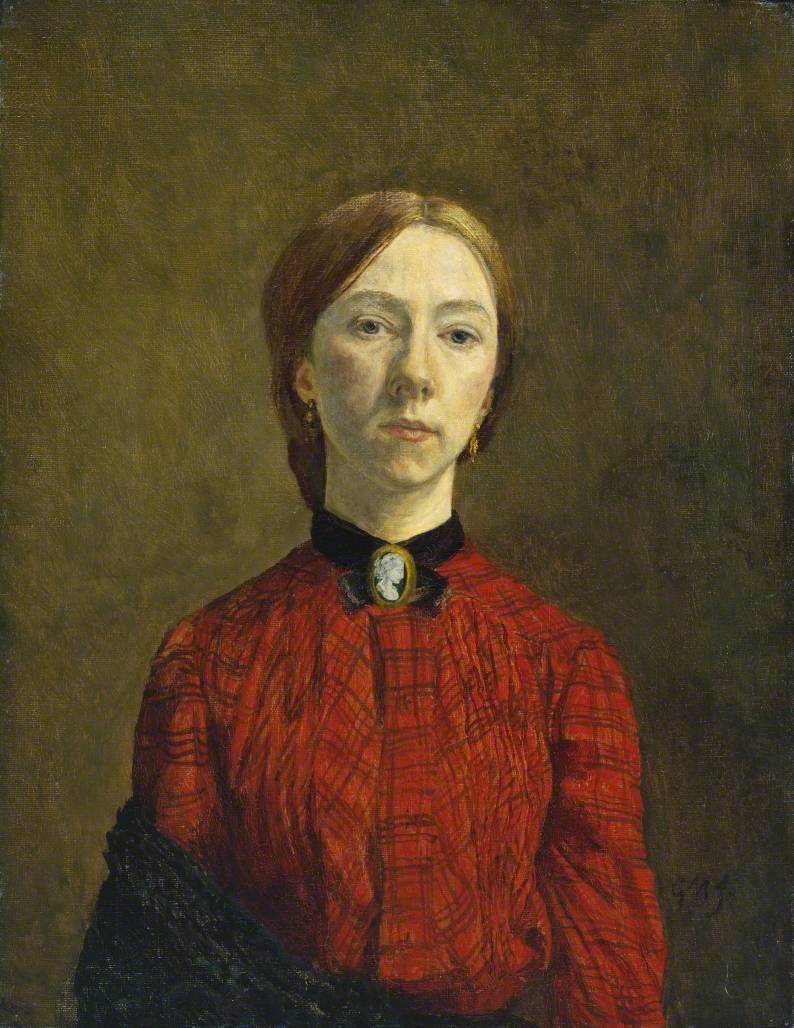
There are a number of insightful documentaries and short films about Gwen John, her art and her life on YouTube. This one gives a good, short overview of her life and one of her drawings:
What do you think of Gwen John’s artworks? How could you describe them? What sort of atmosphere do you think she has managed to create? Let me know in the comments!


